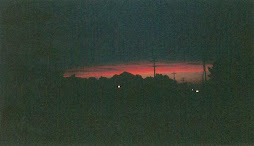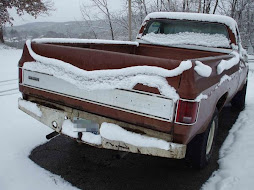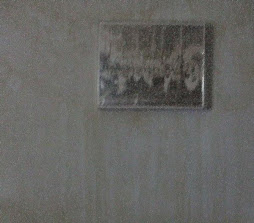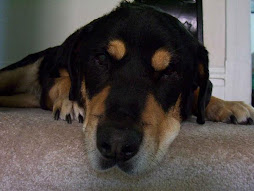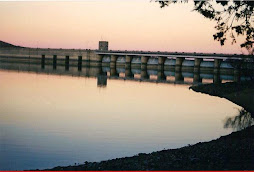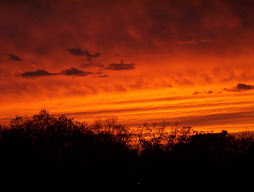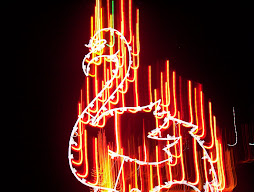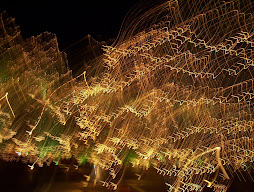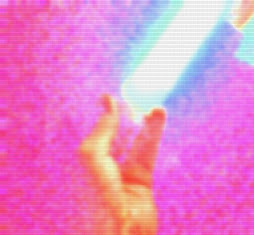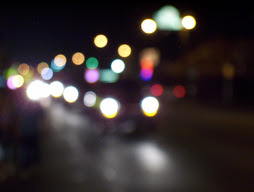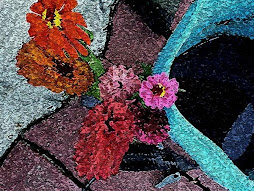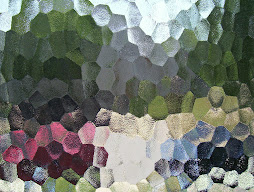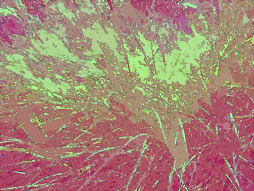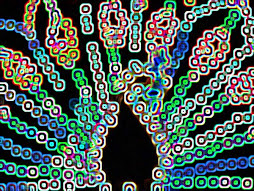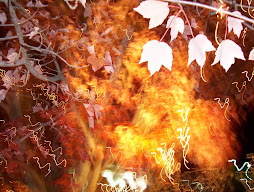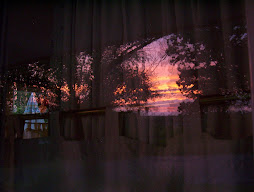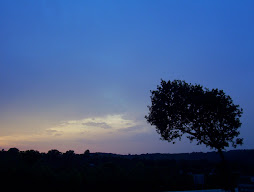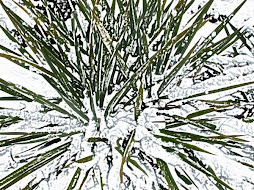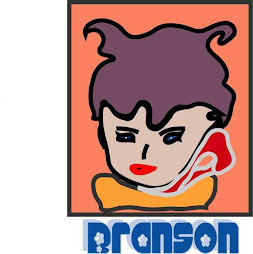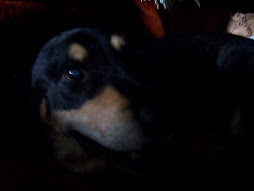Scientists and doctors are calling for a new national policy in Japan that mandates the testing of food, soil, water, and the air for radioactivity still being emitted from Fukushima's heavily damaged Daiichi nuclear power plant.
"How much radioactive materials have been released from the plant?" asked Dr Tatsuhiko Kodama, a professor at the Research Centre for Advanced Science and Technology and Director of the University of Tokyo's Radioisotope Centre, in a July 27 speech to the Committee of Health, Labour and Welfare at Japan's House of Representatives.
"The government and TEPCO have not reported the total amount of the released radioactivity yet," said Kodama, who believes things are far worse than even the recent detection of extremely high radiation levels at the plant.
There is widespread concern in Japan about a general lack of government monitoring for radiation, which has caused people to begin their own independent monitoring, which are also finding disturbingly high levels of radiation.
And:
Recent readings taken at the plant are alarming.
When on August 2nd readings of 10,000 millisieverts (10 sieverts) of radioactivity per hour were detected at the plant, Japan's science ministry said that level of dose is fatal to humans, and is enough radiation to kill a person within one to two weeks after the exposure.
10,000 millisieverts (mSv) is the equivalent of approximately 100,000 chest x-rays.
It is an amount 250 per cent higher than levels recorded at the plant in March after it was heavily damaged by the earthquake and ensuing tsunami.
The operator of Japan's crippled Fukushima Daiichi nuclear power plant, Tokyo Electric Power Company (TEPCO), that took the reading, used equipment to measure radiation from a distance, and was unable to ascertain the exact level because the device's maximum reading is only 10,000 mSv.
TEPCO also detected 1,000 millisieverts (mSv) per hour in debris outside the plant, as well as finding 4,000 mSv per hour inside one of the reactor buildings.
And:
Jyunichi Tokuyama, an expert with the Iwate Prefecture Agricultural and Fisheries Department, told Al Jazeera he did not know how to deal with the crisis. He was surprised because he did not expect radioactive hot spots in his prefecture, 300km from the Fukushima nuclear plant.
"The biggest cause of this contamination is the rice straw being fed to the cows, which was highly radioactive," Tokuyama told Al Jazeera.
Kamada feels the Japanese government is acting too slowly in response to the Fukushima disaster, and that the government needs to check radiation exposure levels "in each town and village" in Fukushima prefecture.
And:
More than 11,000 tonnes of radioactive water has been released into the ocean from the stricken plant.
"Those radioactive elements bio-concentrate in the algae, then the crustaceans eat that, which are eaten by small then big fish," Caldicott said. "That's why big fish have high concentrations of radioactivity and humans are at the top of the food chain, so we get the most radiation, ultimately."
Twi from Ex-SKF..
Oops. There goes the lifting of the shipping ban for Fukushima.
So where did the cow get the dose of radioactive cesium? Air? Water? No one knows, because everyone in the government and the producers have been looking only at radioactive rice hay.
From NHK News Japanese
According to the Ministry of Health, Labor and Welfare, radioactive cesium in the amount exceeding the national provisional limit has been detected from the beef from a cow raised in Fukushima Prefecture. This meat has been stored at a meat processing facility, and according to the investigation so far the cow was never fed the radioactive rice hay. The national government was going to lift the shipping ban on meat cows in Fukushima Prefecture today (August 19) but instead has instructed the Fukushima prefectural government to continue to halt shipping for the time being and conduct further investigation.
Now that they can't blame radioactive hay, what will they do? What will those still in denial cling to? People are starting to realize this monster is much, much bigger than they wanted to believe..
This is one of those bits of information that people in Japan have been exchanging on the social media since the beginning of summer: "I don't hear cicadas this year".
A typical summer in Japan is hot and humid (except in a few lucky places like Hokkaido), and the air is filled with the "singing" of cicadas.
But this year, people report that cicadas are either extremely quiet or totally silent in large part of Japan. The exception seems to be the Kansai area, but almost everywhere else people say they don't hear cicadas, and it's been a strangely quiet summer.
It is quite possible that it's been like that every year and people have started to pay heightened and nervous attention to the nature around them after the nuclear accident.
But some people have started to post the photos of cicadas they've found this summer. No wonder they don't "sing". Again, it is quite possible that cicadas in Japan have been malformed for a long time and people have just started to notice, and it's nothing to do with radiation.
Maybe, but they're probably related.
What’s more: the atomic reactors spilled their burning guts into the basements and there is evidence the melted reactor cores are still “reacting” 160 days out. Shutting them down is mostly just plain impossible. The burning, radioactive gates of hell are still open wide. Breathe deep everyone. Breathe your own poisoned Fuku tainted air.
I like articles like this as they make me feel less hyperbolic. Good morning!




































